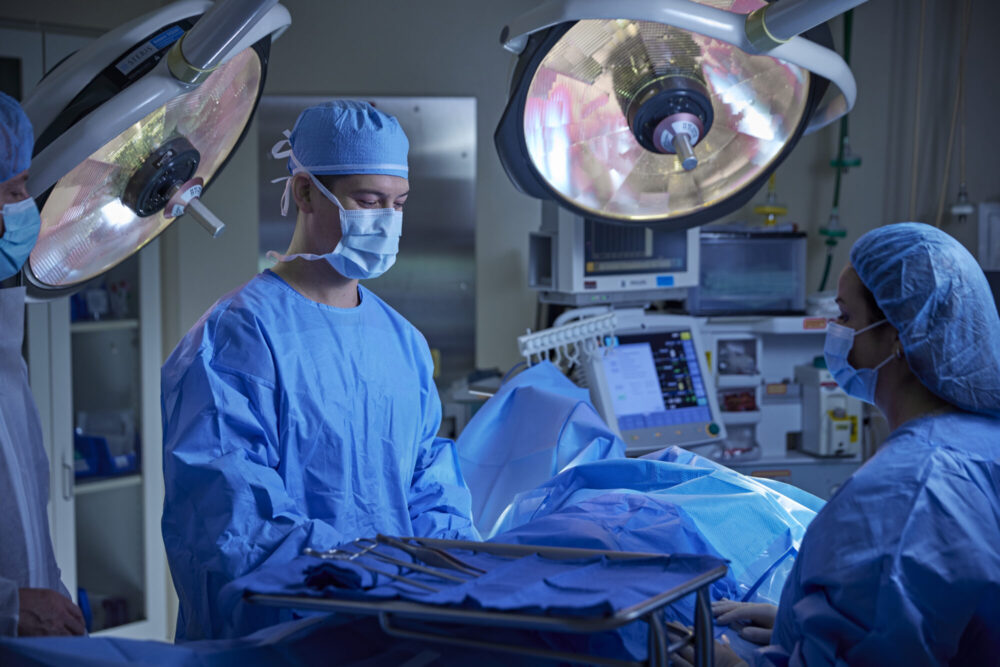What are uterine fibroids?
Uterine fibroids are benign (non-cancerous) tumors that develop in or on the uterus. Their size, shape and location can vary significantly. Uterine fibroids are relatively common—they occur most frequently in women aged 30-40 years old, but can occur at any age. Typically, women find out they have fibroids during a physical exam or ultrasound.
What are the symptoms of uterine fibroids?
Common uterine fibroid symptoms include: periods that last longer than a week, heavy periods causing bleeding through clothes, pain and pressure in your pelvis, legs or lower back, unexplained exhaustion (may be anemia), frequent urges to use the restroom.
How does Acessa work?
Acessa works by delivering heat (radiofrequency) directly into a fibroid to destroy the proteins of the fibroid tissue. The consistency of the fibroid changes from being hard like a baseball to soft like a marshmallow. 2,3
When do I feel relief? Is it proven?
After treatment, the fibroid continues to shrink over time. Other symptoms like heavy, long periods and appearing pregnant when you’re not can take 3+ months to improve. 4
Many patients see the most relief within 3 months, and continuing improvement out to 12 months and beyond. 4
The Acessa procedure has been objectively measured with clinical data, proving efficacy, published in over 49 peer-reviewed publications and performed on over 4000 women. 6


